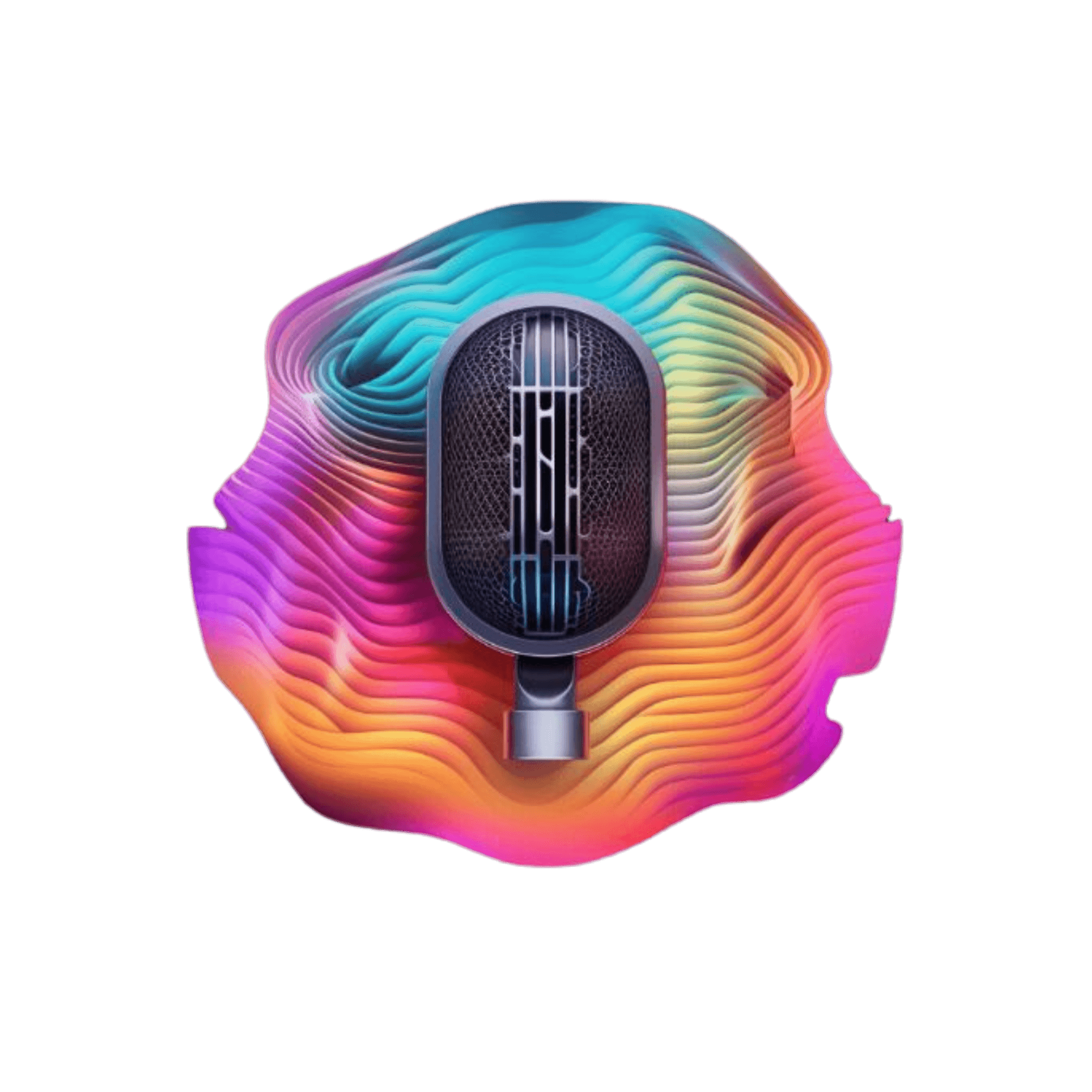
FROM OUR BLOG
FROM OUR BLOG
FROM OUR BLOG
How to Make Viral AI Covers That Sound Like Real Artists
Jun 28, 2025



Table of Contents
What Is an AI Cover and Why It’s Trending in 2025
Who’s Using AI Cover Tools and How
Why Free AI Cover Platforms Fall Short
Why Voicestars Is the Best Tool for AI Music Covers
Top Celebrity AI Voices for Cover Songs
Step-by-Step Guide on How to Use Our AI Voice Cloning App
Where to Share and Monetize AI Covers Online
What Is an AI Cover and Why It’s Trending in 2025
An AI cover is a song or vocal performance where artificial intelligence mimics the voice of a well-known artist, allowing you to cover tracks as if sung by that celebrity.
In 2025, AI covers are dominating TikTok, SoundCloud, YouTube, and meme culture. Creators use them for:
🎵 Viral song remixes
🎤 Covering popular tracks in different voices
🎧 Mashups and genre-bending experiments
📱 Funny reels or dramatic recreations
🎮 Game soundtracks or fan-made theme songs
Most creators are looking for tools that can clone celebrity voices and preserve musicality. Tools like Fakeyou or Vo.codescan get you started—but their voices often sound robotic or miss key emotional tones.
That’s why artists are switching to Voicestars—the only platform built for high-fidelity, expressive AI music covers.

Who’s Using AI Cover Tools and How
Today, AI covers are being used by:
🎙️ Music producers creating indie or lo-fi remixes
📱 TikTok influencers jumping on viral trends
🎥 YouTubers reimagining classics in different voices
🧠 Students and fans remixing anime, K-pop, or game OSTs
🧘 Sound artists creating ambient or vocal experiments
For example:
A TikTok user uploads a version of “Euphoria” in Michael Jackson’s voice
A lo-fi producer uses Billie Eilish to hum over trap beats
A meme creator remixes “Stayin’ Alive” with Kanye West’s AI vocals
A fan reimagines BTS songs in Drake’s style
These creators use Voicestars to generate expressive, music-synced vocals that actually match pitch and tempo—perfect for remixes or original audio content.

Why Free AI Cover Tools Don’t Deliver Music-Ready Results
Platforms like Fakeyou or open-source voice cloning tools give you access to basic AI covers, but they fall short when it comes to:
❌ Musical timing and rhythm
❌ Vocal pitch control
❌ Realistic breathing, vibrato, or singing tone
❌ Studio-quality WAV export
❌ Expressive performance for hooks or emotional parts
For music creators or serious cover makers, those limitations make a huge difference.
That’s why they’re switching to Voicestars—built for artists, not just tech demos.

Why Voicestars Is the Best Tool for AI Music Covers
Voicestars is designed to help creators make emotionally rich, musically accurate AI covers, with features that blow other platforms out of the water:
🎵 Singing voice cloning with music sync
🎤 Emotional tone (happy, sad, intense, mellow)
💽 High-res WAV file output for mastering
🧠 Advanced pitch, pacing, and emphasis control
🧰 Simple drag-and-drop interface
🌍 Multilingual voice generation
Try singing with your favorite artist’s voice using:
Ariana Grande for dreamy pop
Drake for melodic rap
Taylor Swift for acoustic-style vocals
SZA for soulful lo-fi covers
Post Malone for autotuned vocals
Rihanna for powerful hooks

Where to Publish and Monetize AI Covers Online
Once your AI cover is ready, here are the best platforms to share or monetize it:
YouTube — create lyric videos or visualizers
SoundCloud — release experimental edits and builds
Spotify for Podcasters — talk through how you made your cover
Bandcamp — offer exclusive tracks or AI vocal mashups
Audius — Web3-native music community for drops
Instagram Reels — use your AI cover as the sound bed for short form videos
Step-by-Step Guide: Create your favourite Ai voice with Voicestars AI
Video Guide
Written Guide
1. Visit the Voicestars Homepage
Go to Voicestars and click “Try now.”

2. Select Your AI Voice or Track
Choose from Bollywood stars, regional accents, or fictional voices.

3. Upload a Song or Add Text for Remixing
Insert an audio clip or type song lyrics for a quick remix.

4. Download and Share Your VoiceTips for Making the Most of AI Voice Covers

Related Readings
Table of Contents
What Is an AI Cover and Why It’s Trending in 2025
Who’s Using AI Cover Tools and How
Why Free AI Cover Platforms Fall Short
Why Voicestars Is the Best Tool for AI Music Covers
Top Celebrity AI Voices for Cover Songs
Step-by-Step Guide on How to Use Our AI Voice Cloning App
Where to Share and Monetize AI Covers Online
What Is an AI Cover and Why It’s Trending in 2025
An AI cover is a song or vocal performance where artificial intelligence mimics the voice of a well-known artist, allowing you to cover tracks as if sung by that celebrity.
In 2025, AI covers are dominating TikTok, SoundCloud, YouTube, and meme culture. Creators use them for:
🎵 Viral song remixes
🎤 Covering popular tracks in different voices
🎧 Mashups and genre-bending experiments
📱 Funny reels or dramatic recreations
🎮 Game soundtracks or fan-made theme songs
Most creators are looking for tools that can clone celebrity voices and preserve musicality. Tools like Fakeyou or Vo.codescan get you started—but their voices often sound robotic or miss key emotional tones.
That’s why artists are switching to Voicestars—the only platform built for high-fidelity, expressive AI music covers.

Who’s Using AI Cover Tools and How
Today, AI covers are being used by:
🎙️ Music producers creating indie or lo-fi remixes
📱 TikTok influencers jumping on viral trends
🎥 YouTubers reimagining classics in different voices
🧠 Students and fans remixing anime, K-pop, or game OSTs
🧘 Sound artists creating ambient or vocal experiments
For example:
A TikTok user uploads a version of “Euphoria” in Michael Jackson’s voice
A lo-fi producer uses Billie Eilish to hum over trap beats
A meme creator remixes “Stayin’ Alive” with Kanye West’s AI vocals
A fan reimagines BTS songs in Drake’s style
These creators use Voicestars to generate expressive, music-synced vocals that actually match pitch and tempo—perfect for remixes or original audio content.

Why Free AI Cover Tools Don’t Deliver Music-Ready Results
Platforms like Fakeyou or open-source voice cloning tools give you access to basic AI covers, but they fall short when it comes to:
❌ Musical timing and rhythm
❌ Vocal pitch control
❌ Realistic breathing, vibrato, or singing tone
❌ Studio-quality WAV export
❌ Expressive performance for hooks or emotional parts
For music creators or serious cover makers, those limitations make a huge difference.
That’s why they’re switching to Voicestars—built for artists, not just tech demos.

Why Voicestars Is the Best Tool for AI Music Covers
Voicestars is designed to help creators make emotionally rich, musically accurate AI covers, with features that blow other platforms out of the water:
🎵 Singing voice cloning with music sync
🎤 Emotional tone (happy, sad, intense, mellow)
💽 High-res WAV file output for mastering
🧠 Advanced pitch, pacing, and emphasis control
🧰 Simple drag-and-drop interface
🌍 Multilingual voice generation
Try singing with your favorite artist’s voice using:
Ariana Grande for dreamy pop
Drake for melodic rap
Taylor Swift for acoustic-style vocals
SZA for soulful lo-fi covers
Post Malone for autotuned vocals
Rihanna for powerful hooks

Where to Publish and Monetize AI Covers Online
Once your AI cover is ready, here are the best platforms to share or monetize it:
YouTube — create lyric videos or visualizers
SoundCloud — release experimental edits and builds
Spotify for Podcasters — talk through how you made your cover
Bandcamp — offer exclusive tracks or AI vocal mashups
Audius — Web3-native music community for drops
Instagram Reels — use your AI cover as the sound bed for short form videos
Step-by-Step Guide: Create your favourite Ai voice with Voicestars AI
Video Guide
Written Guide
1. Visit the Voicestars Homepage
Go to Voicestars and click “Try now.”

2. Select Your AI Voice or Track
Choose from Bollywood stars, regional accents, or fictional voices.

3. Upload a Song or Add Text for Remixing
Insert an audio clip or type song lyrics for a quick remix.

4. Download and Share Your VoiceTips for Making the Most of AI Voice Covers

Related Readings
More Update




